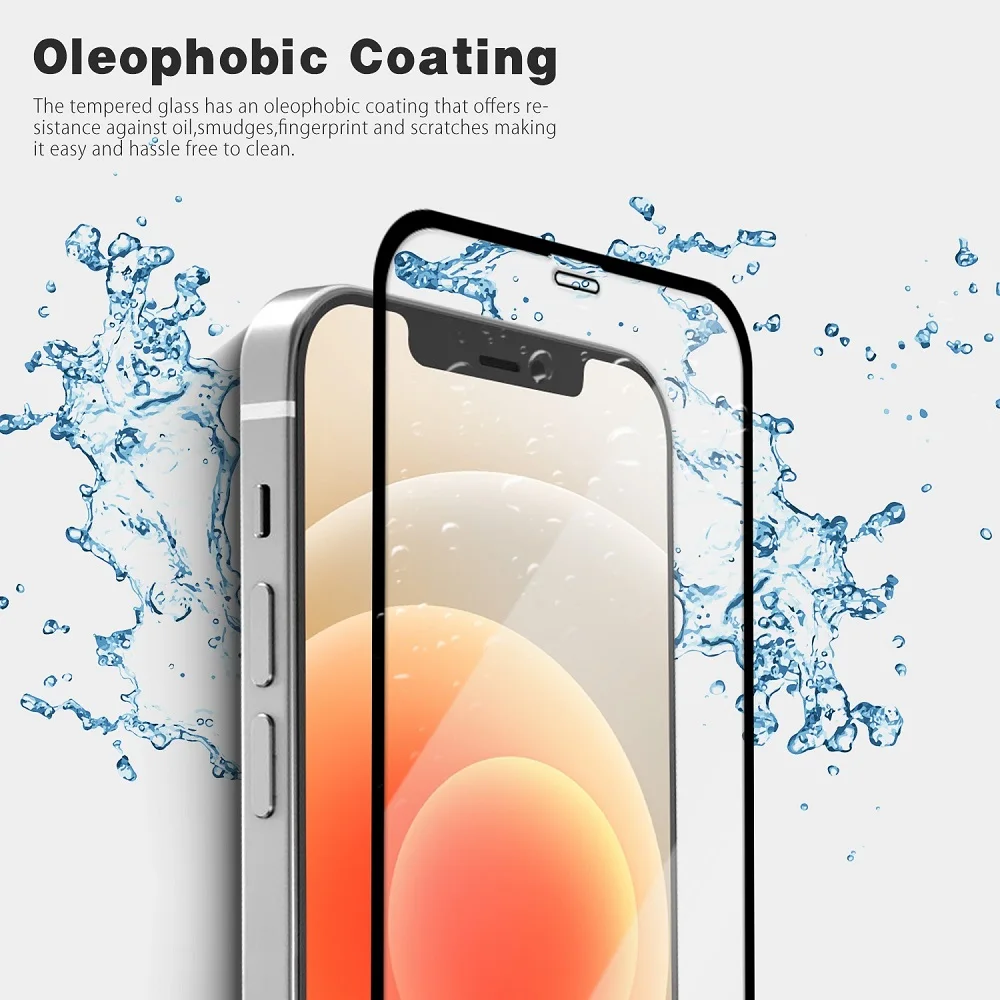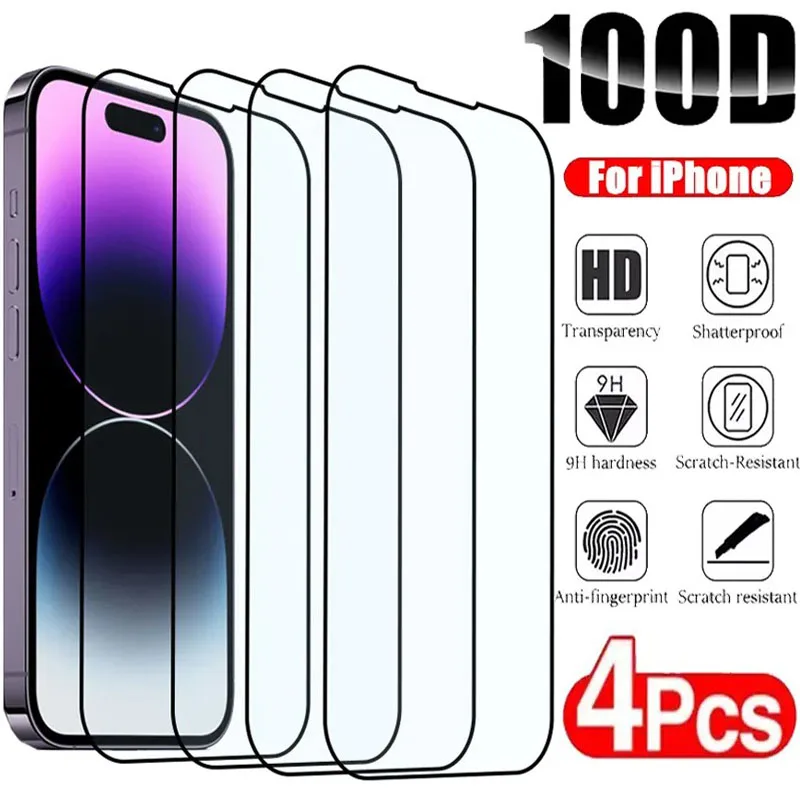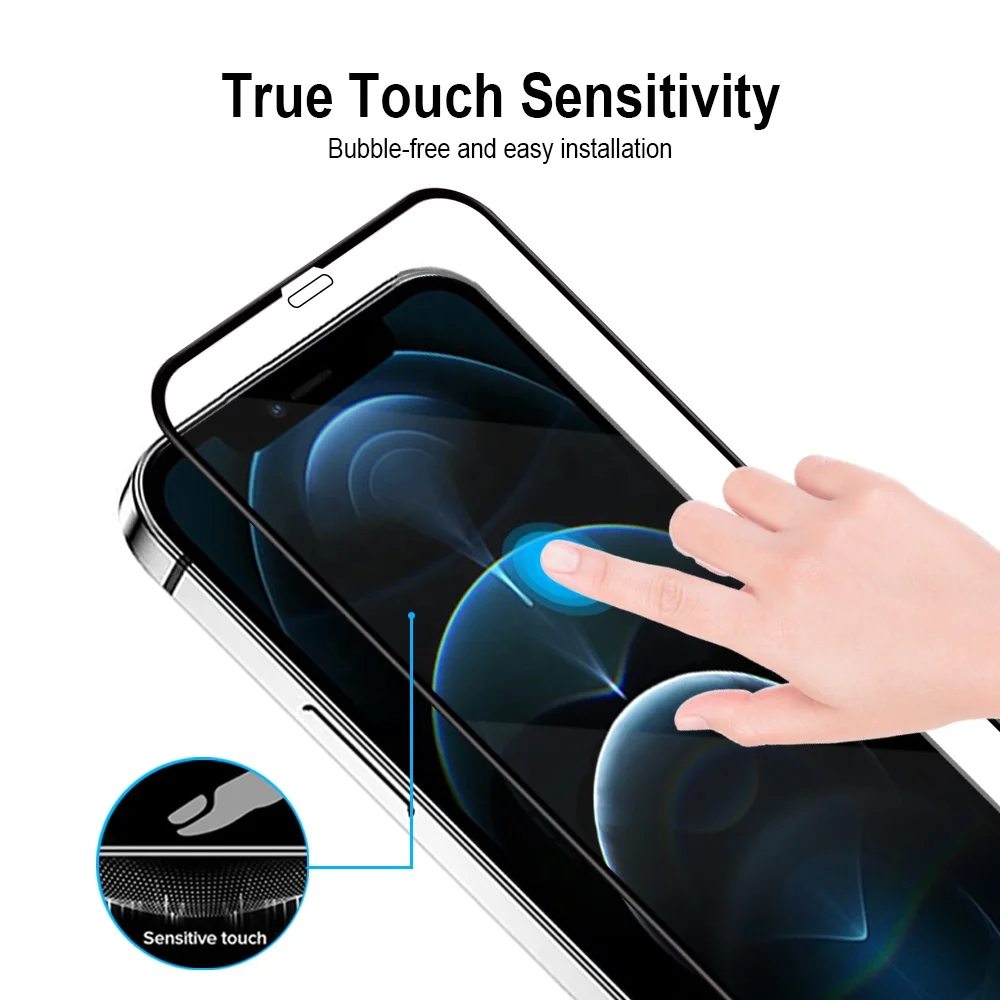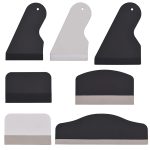Understanding the Importance of a Screen Protector
Why Screen Protectors Matter
Screen protectors are essential accessories for smartphones, tablets, and other touch devices. They provide a layer of defense against scratches, cracks, and general wear and tear. Made from materials such as tempered glass or plastic, screen protectors safeguard your device’s display, which is often the most vulnerable part. Without a protector, the screen is more susceptible to damage from accidental drops or everyday friction. Even a minor scratch can lead to significant issues, affecting both the aesthetics and functionality of the device. By understanding the role of a screen protector, you can better appreciate why it’s crucial to address any cracks promptly.
Different Types of Screen Protectors
Screen protectors come in various types, including tempered glass, PET film, and TPU (thermoplastic polyurethane). Tempered glass protectors are known for their durability and provide a high level of protection. They are thicker and offer a more rigid shield against impacts. PET film protectors are thinner and more flexible, offering a lighter level of protection primarily against scratches. TPU protectors, meanwhile, are a blend of plastic and silicone, offering self-healing properties and better flexibility. Each type has its own benefits and drawbacks, and choosing the right one can impact how you handle repairs and replacements when they crack.

Assessing the Damage to Your Screen Protector
Identifying the Extent of the Crack
When a screen protector cracks, the first step is to assess the extent of the damage. A small, hairline crack may be less concerning than a large, spiderweb-like fracture. Examine the protector closely to determine if the crack is superficial or if it has compromised the protector’s integrity significantly. Small cracks might still offer some protection, but larger ones could expose the screen beneath, making it vulnerable to further damage. Understanding the extent of the crack will help you decide on the best course of action for repair or replacement.
Checking for Damage to the Actual Screen
In addition to the protector itself, it’s important to check if the actual screen has sustained any damage. Sometimes a cracked screen protector can mask underlying issues with the device’s display. Look for signs of discoloration, touch sensitivity problems, or visible cracks on the actual screen. If the screen beneath is damaged, you may need to address both the screen and the protector. Carefully inspecting both components ensures you address the issue comprehensively and avoid further damage.
Deciding Whether to Repair or Replace
Repairing a Cracked Screen Protector
If the crack is minor and does not affect the functionality of the device, you might consider repairing the protector. Some screen protectors come with self-healing properties that can mitigate the appearance of minor cracks. However, if the crack is more severe, a repair may not be sufficient. Self-repair kits are available, but they often require precision and may not always provide a perfect solution. Evaluating the damage will help you determine whether repair is a viable option or if replacement is necessary.
Replacing the Screen Protector
In most cases, replacing a cracked screen protector is the best course of action. This ensures that your device remains fully protected and that any potential issues with the display are addressed. Replacement is relatively straightforward and can be done at home with the right tools and a new protector. Choose a high-quality screen protector that matches your device’s specifications to ensure optimal protection. Replacement also provides an opportunity to upgrade to a better or different type of protector if needed.

Steps for Replacing a Cracked Screen Protector
Preparing Your Device for Replacement
Before you replace the cracked screen protector, you need to prepare your device. Start by turning off your device to avoid any accidental touches or interference during the replacement process. Carefully remove any case or cover from the device to ensure easy access to the screen. Clean the screen thoroughly to remove any dust, fingerprints, or adhesive residue from the old protector. Use a microfiber cloth and a gentle cleaning solution to ensure a spotless surface for the new protector.
Removing the Old Screen Protector
Removing the old screen protector can be done with minimal effort if it has not adhered too strongly. Start by gently lifting one corner of the protector using a plastic tool or your fingernail. Slowly peel back the protector, taking care not to damage the device’s screen or leave any residue behind. If the protector is particularly stubborn, use a bit of heat from a hairdryer to soften the adhesive. Once removed, clean the screen again to ensure no adhesive remains before applying the new protector.
Applying the New Screen Protector
Applying a new screen protector requires precision to ensure it adheres correctly and without bubbles. Align the protector with the screen, making sure it fits perfectly with the device’s edges and camera cutouts. Carefully place the protector onto the screen, starting from one edge and gradually lowering it to avoid trapping air bubbles. Use a squeegee or a credit card to smooth out any bubbles and ensure a secure adhesion. Allow the protector to settle for the recommended amount of time before using the device to ensure a proper fit and function.
Tips for Preventing Future Damage
Choosing a Durable Screen Protector
To avoid frequent replacements, invest in a high-quality, durable screen protector. Look for protectors made from tempered glass or those with advanced protective features. High-quality protectors are more resistant to cracking and can better withstand impacts and scratches. Additionally, consider choosing a protector with a warranty or satisfaction guarantee, which can provide peace of mind and protection against defects.
Maintaining Your Screen Protector
Proper maintenance of your screen protector can extend its lifespan and keep it in good condition. Regularly clean the protector with a microfiber cloth to remove dust and fingerprints, and avoid using harsh chemicals that could damage the surface. Be mindful of how you handle your device to prevent accidental drops or impacts that could crack the protector. Using a protective case in conjunction with the screen protector can provide additional security and reduce the risk of damage.

Handling Cracks Immediately
Importance of Timely Action
When you notice a crack in your screen protector, addressing it promptly is essential. Delaying action could lead to further damage to the screen beneath. Even minor cracks can worsen over time due to regular use, exposure to elements, or accidental impacts. Taking immediate steps to either repair or replace the protector helps safeguard your device’s display and maintains its overall condition. Addressing cracks early on can prevent more costly repairs and extend the lifespan of your device.
Temporary Solutions
If you can’t replace the screen protector right away, consider temporary measures to protect your device. You can use clear tape to cover the crack and prevent dirt or debris from entering the crevice. While this is not a long-term solution, it can help reduce the risk of further damage until you can replace the protector. Be sure to clean the area thoroughly before applying any temporary fixes to avoid additional residue or contamination.
Conclusion
Summary of Key Points
When dealing with a cracked screen protector, it’s important to understand the extent of the damage and decide whether to repair or replace it. Assess the condition of both the protector and the actual screen, and choose the appropriate action based on the severity of the crack. Replacing the protector is usually the best solution to ensure continued protection. Proper preparation and installation of the new protector, along with choosing a high-quality product, can help prevent future issues. By taking these steps, you can maintain the integrity of your device and ensure its longevity.
Final Thoughts
Addressing a cracked screen protector promptly is crucial for maintaining the protection of your device. Regular maintenance and careful handling can help extend the life of your screen protector and prevent future damage. By staying informed about the types of protectors available and understanding how to properly replace and care for them, you can keep your device in optimal condition and avoid unnecessary repairs or replacements.


